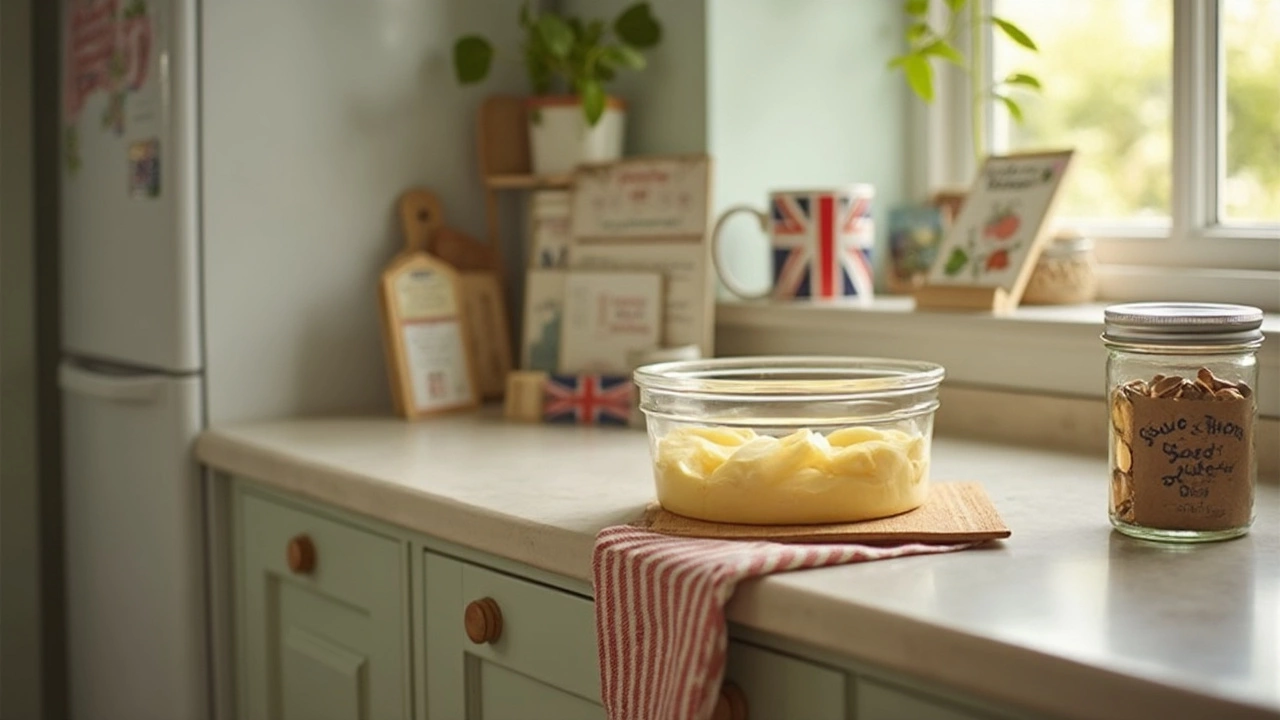
Put mozzarella in the freezer? It sounds a bit risky, right? But cheese isn’t cheap and sometimes you just can’t finish the whole block before it gets sad and funky in the fridge. The truth is, you can freeze mozzarella—if you know a few tricks.
If you’ve got leftover mozzarella after making a big lasagna or you want to stock up for your next tiramisu, freezing might save you a trip to the store. But don’t expect frozen mozzarella to come out exactly like the fresh stuff. Freezing shakes things up with the texture and sometimes the taste.
Here’s the lowdown: mozzarella with higher moisture, like the kind you use for salads or tiramisu, reacts differently than the dry, shredded kind. Once it thaws, it can go mushy or lose that fresh pull we all love. If you just need it for baking (think bubbling cheese on top of dishes), frozen mozzarella does the trick. If you want it for cold recipes or fancy cheese boards, you’ll probably notice a difference.
- Why People Want to Freeze Mozzarella
- What Freezing Does to Mozzarella’s Texture
- Best Way to Freeze Mozzarella Cheese
- Thawing Mozzarella Without Ruining It
- Does Frozen Mozzarella Work in Tiramisu?
- Smart Tips and Common Mistakes
Why People Want to Freeze Mozzarella
There’s a reason people start Googling how to save their mozzarella from the trash. First, this cheese has an annoyingly short shelf life. Fresh mozzarella—think the soft, wet type you slice for your tiramisu or caprese—can expire in as little as a week. Shredded and block versions last a bit longer, but not by much. If you buy in bulk because of a sale or only use a little at a time, you’re left with leftovers that risk turning slimy.
Another big reason for freezing? Saving money. Let’s be honest: no one wants to throw away cheese they paid good money for, especially the pricier stuff. Freezing helps families cut back on food waste. It’s perfect for meal planning, too. You can portion out exactly what you need, stash the extra, and pull it out when you’re ready to make another cheesy dish.
For folks who bake or make tiramisu regularly, having cheese on hand is just convenient. You don’t have to scramble for a grocery run at the last minute. Restaurants, bakeries, and even home bakers do this all the time with big packs of shredded or sliced mozzarella.
One fact that’s worth repeating: cheese can be frozen. It’s not just mozzarella—most hard cheeses react pretty well to freezing, while softer, high-moisture cheeses get hit harder in the texture department. Freezing mozzarella cheese storage the right way means you can keep it for up to six months without major regret. Just don’t forget it at the bottom of your freezer, or you’ll end up with a rock-solid cheese brick you can barely recognize.
What Freezing Does to Mozzarella’s Texture
So, you toss mozzarella in the freezer and hope for the best. Here’s what actually happens: mozzarella is full of water, especially the fresh kind. When it freezes, all that water turns into ice crystals. Once you thaw it later, those crystals melt and leave little gaps, making the cheese crumbly or grainy—not that smooth, stretchy texture you’re used to.
If the mozzarella is pre-shredded or low moisture, it usually survives the freezer better because it has less water to mess things up. But fresh mozzarella, like the soft balls packed in liquid, tends to lose a lot—think rubbery or soggy instead of creamy. You won’t get that iconic cheese pull for pizza or caprese salads.
The flavor usually stays the same, but the texture takes the biggest hit. It works fine if you melt it for casseroles or lasagna. Nobody will notice the tiny changes there. For cold recipes or anything where the cheese’s texture shines, freezing isn’t the best move. If you’re only making tiramisu, and just need a small amount grated in, the change most likely won’t ruin your dessert.
Bottom line: if you value perfect texture for freeze mozzarella dishes, use fresh. But if you’re short on time or want to cut down on waste, frozen mozzarella is totally fine for cooking.
Best Way to Freeze Mozzarella Cheese
If you want to keep your mozzarella tasting good, freezing it the right way makes all the difference. Shredded and whole block mozzarella need slightly different approaches. Let’s break it down so you get the best results—whether you’re freezing leftovers or prepping for your next freeze mozzarella session for tiramisu.
For shredded mozzarella:
- Grab a resealable freezer bag or airtight container. If your cheese came in a plastic pouch, don’t trust it for the long haul. Transfer it.
- Squeeze out as much air as possible. Too much air causes freezer burn—trust me, nobody likes weird, icy cheese.
- If you want single-serve portions, divide the cheese now. That way, you only thaw what you need later.
- Seal the bag tight, label it with the date, and toss it in the coldest part of your freezer.
For mozzarella blocks or balls:
- Drain the cheese if it’s packed in brine or liquid. Extra water turns into ice and messes up the texture.
- Wrap the cheese tightly in plastic wrap, then in a layer of aluminum foil. Double wrapping keeps it safe from freezer smells and ice damage.
- Pop the wrapped block into a freezer-safe bag and squeeze out the air. Again: air is not your friend here.
- Don’t forget to write the date on it.
Quick tip: Always freeze mozzarella before the “best by” date. Frozen cheese stays good for up to three months, but sooner is better for flavor and texture. See the table below:
| Form | Prep Steps | Best Before |
|---|---|---|
| Shredded | Bag, squeeze air out | 2-3 months |
| Block/Ball | Drain, wrap, bag | 3 months |
One last thing: flash freezing (spreading slices or shreds on a tray, freezing for an hour before bagging) stops everything from clumping together so you can grab what you need, when you need it. Perfect when you’re prepping cheese for recipes that call for a sprinkle here and there.
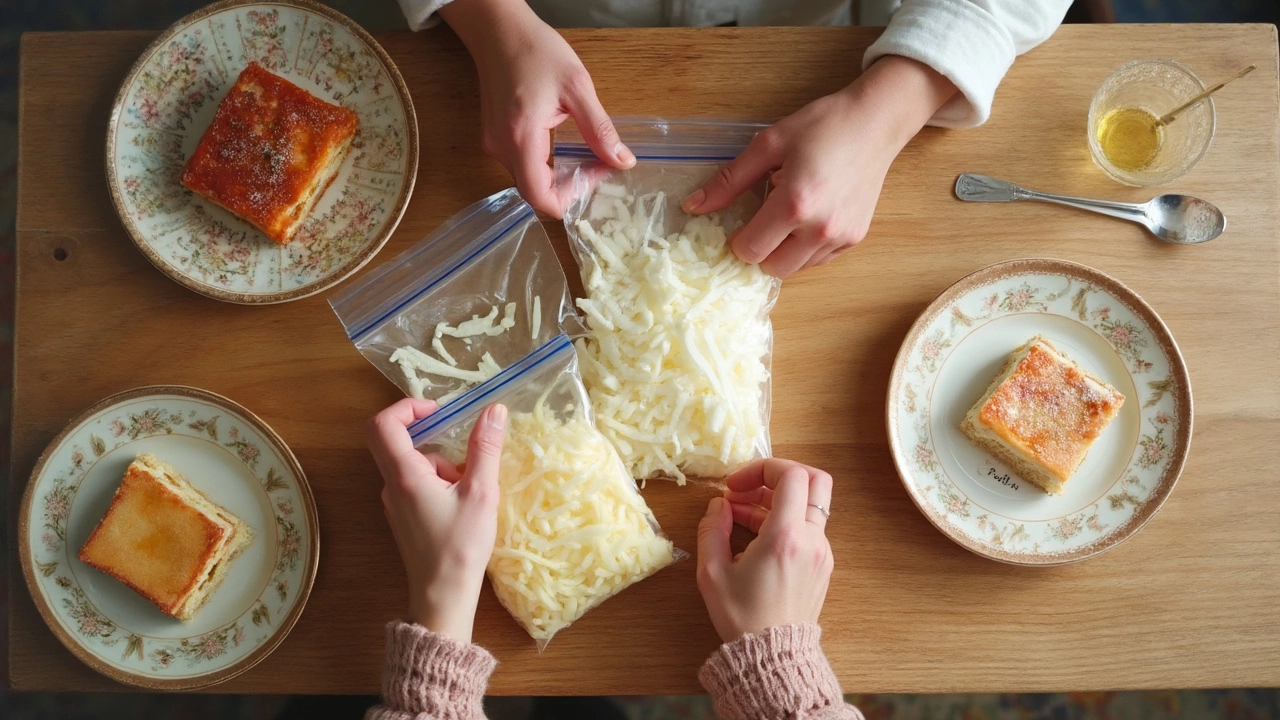
Thawing Mozzarella Without Ruining It
Thawing mozzarella wrong is where most people mess up. If you rush it or toss it straight from freezer to heat, you’ll turn your cheese into a rubbery mess or get soggy puddles. Whether you’re working with a block or shredded, the way you thaw makes a big difference to the texture and how well it melts.
The golden rule? Always thaw mozzarella in the fridge, not at room temperature. The slower it thaws, the less moisture leaks out. Overnight is perfect—just move the cheese (still wrapped or in a sealed bag) from freezer to fridge, and let it sit for at least 8-12 hours.
- If you need it a little faster, put the sealed cheese in a bowl of cold water. This can cut the time down to a couple hours, but don’t use hot water or leave it sitting on the counter. That’s a fast track to weird texture and possible food safety issues.
- For shredded mozzarella, you can sometimes add it straight to hot dishes, like pizza or lasagna, straight from the freezer. But for anything where texture matters—think tiramisu—always thaw it gently as described above.
- After thawing, open the bag and pat the cheese dry with a paper towel if you see extra moisture on the surface. This keeps it from going mushy in your recipe.
Don’t re-freeze thawed mozzarella. It’ll lose even more moisture and wind up funky. When you’re thawing, just pull out what you actually need instead of the whole package. That way your freeze mozzarella adventure won’t end in disappointment.
Does Frozen Mozzarella Work in Tiramisu?
Let’s clear up one thing: classic tiramisu is actually made with mascarpone, not mozzarella. Still, some home cooks like to mix in a bit of mozzarella for a stretchy texture or use it when mascarpone isn’t handy. If you’re in that camp, you’re probably wondering if frozen mozzarella holds up in this dessert.
Here’s what you need to know. Thawed mozzarella gets softer and more watery than when it was fresh. This is okay for baked dishes, but in something like tiramisu, that extra moisture can mess with the creamy layers. Instead of a rich, smooth filling, you might end up with a runny or grainy one.
But don’t count frozen mozzarella out just yet. If you really need to use it, here are some ways to make it work:
- After thawing, pat the cheese dry with paper towels to soak up as much moisture as possible.
- Grate or shred the mozzarella before freezing. Thin shreds thaw better and mix into cream more evenly than big chunks.
- Use frozen mozzarella only for recipes where it’ll be blended with thick cream or other stabilizers—otherwise, it can split or get rubbery.
If you want that classic tiramisu texture and flavor, though, it’s smarter to stick with mascarpone or a trusted substitution like whipped cream cheese. Freeze mozzarella only as a last resort and keep expectations in check for how it’ll mix into delicate desserts.
Smart Tips and Common Mistakes
Freezing mozzarella can save money and stop waste, but there are some things you need to pay attention to. Here’s how to do it right and avoid those cheese fails that ruin your recipe.
- Wrap it up: Always wrap the mozzarella tightly in plastic wrap, then put it in a zip bag or airtight container. Air is your enemy here—exposure leads to freezer burn and turns cheese into a dry, crumbly mess.
- Label and date: Cheese can hide in the freezer, so slap on a label. Mozzarella is best used within two months for the best texture and flavor.
- Freeze in slices or shreds if possible: Whole blocks can take forever to thaw and may not defrost evenly. Slices or shredded mozzarella make life easier—perfect for grabbing just what you need.
- Avoid freezing fresh mozzarella balls in water: The extra moisture doesn’t freeze well. It usually ends up soggy and bland when you thaw it. If you must freeze, drain it first and pat dry with a paper towel.
- Slow and steady thaw: Move the cheese from freezer to fridge and let it thaw overnight. Quick-thawing at room temp can lead to rubbery, uneven cheese.
Some common mistakes? Freezing the original packaging (it’s not airtight), skipping the label, or putting thawed mozzarella straight into salads. Trust me—thawed cheese is best melted or cooked. If you want the fresh stuff for tiramisu, it’s worth buying new. But if you’re baking, frozen mozzarella does the trick.
Don’t forget, freeze mozzarella is a great hack for preventing waste—just follow these tips for best results and always check for weird smells or textures before using old cheese.


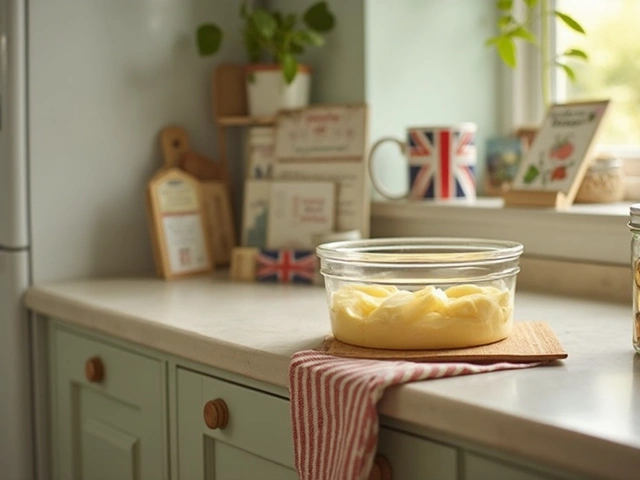



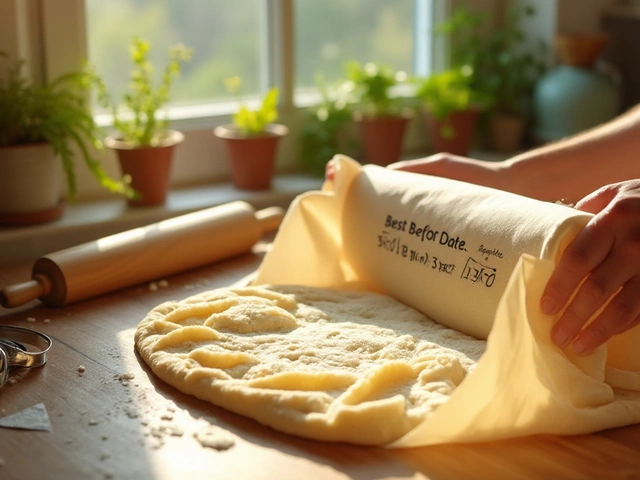
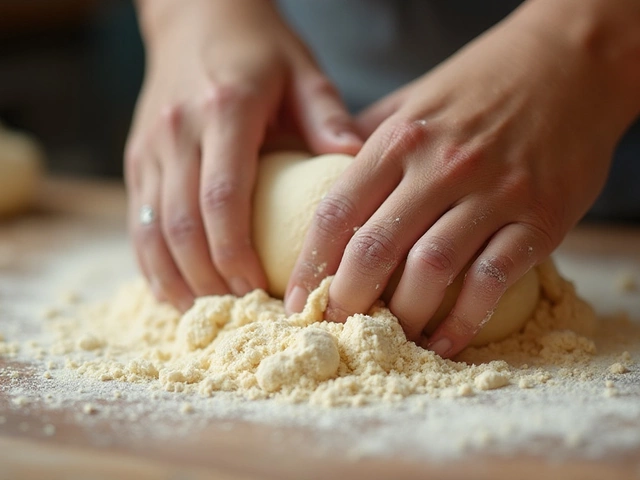
Write a comment